Building on $180 million in joint energy-related research, EPB and Oak Ridge National Laboratory marked 10 years of collaboration Friday with the announcement of the new Collaborative for Energy Resilience and Quantum Science, or CERQS.
Tag: quantum science
Distinguished Researcher Chosen as Editor-in-Chief to Lead APL Quantum, a New Open-Access Journal from AIP Publishing
AIP Publishing is thrilled to announce the appointment of Ortwin Hess as the founding editor-in-chief of APL Quantum, its newest open-access journal, which seeks to cultivate groundbreaking research in both fundamental and applied quantum science. Hess brings a lifetime of scientific experience and insight in nearly all aspects of quantum science and as editor-in-chief, he will lead the journal as it begins accepting submissions later in 2023 and prepares to publish in 2024.

Study seeks to define quantum compression
A study led by Oak Ridge National Laboratory researchers identifies a new potential application in quantum computing that could be part of the next computational revolution.
UC Irvine physicists discover first transformable nano-scale electronic devices
The nano-scale electronic parts in devices like smartphones are solid, static objects that once designed and built cannot transform into anything else. But University of California, Irvine physicists have reported the discovery of nano-scale devices that can transform into many different shapes and sizes even though they exist in solid states.
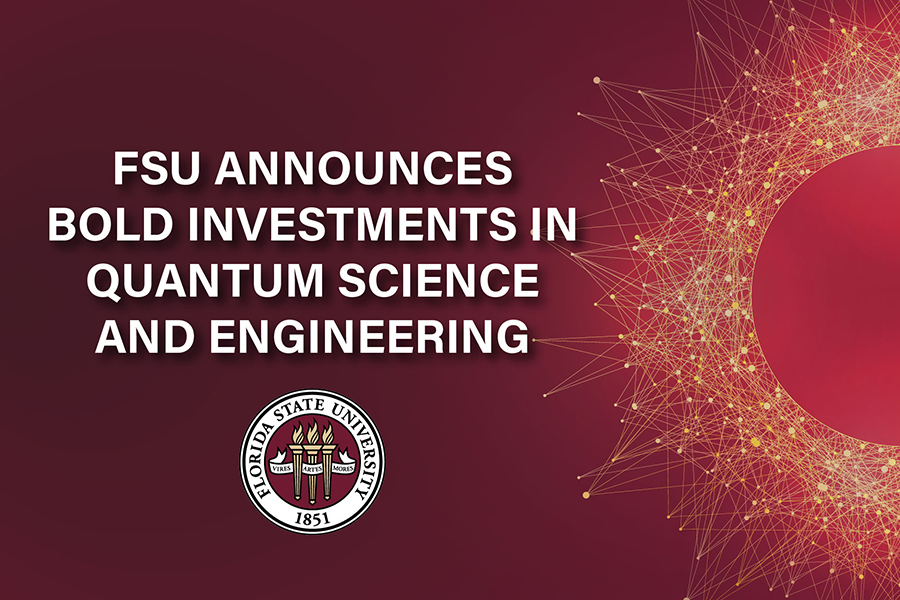
FSU announces bold investments in quantum science and engineering
Florida State University will dedicate more than $20 million to quantum science and engineering over the next three years, funding that will support hiring at least eight new faculty members, equipment and dedicated space in the university’s Interdisciplinary Research and Commercialization Building, and seed money for a new program focused on this emerging field. FSU President Richard McCullough announced the investments at the first day of the university’s Quantum Science and Engineering Symposium last week.
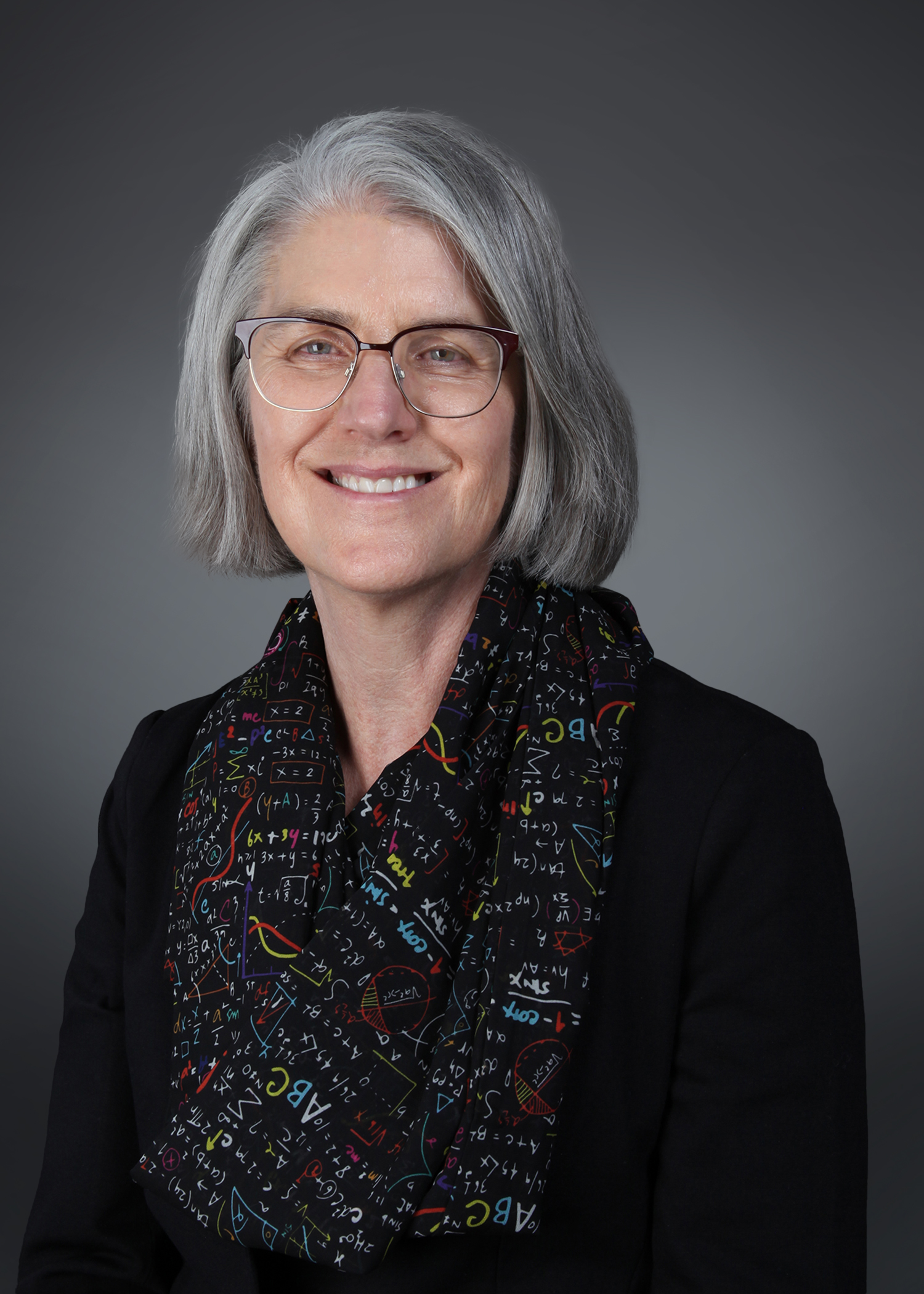
Biden taps Sandia Labs’ senior leader for quantum advisory committee
Deborah Frincke, associate laboratories director of national security programs at Sandia National Laboratories, has been appointed to the National Quantum Initiative Advisory Committee.
Boron Nitride with a Twist Could Lead to New Way to Make Qubits
Achieving scalability in quantum processors, sensors, and networks requires novel devices that are easily manipulated between two quantum states. A team led by Berkeley Lab researchers has developed a method, using a solid-state “twisted” crystalline layered material, which gives rise to tiny light-emitting points that can be switched on and off with the simple application of an external voltage. The research could lead to a new way to make quantum bits, or qubits, which encode information in quantum computers.
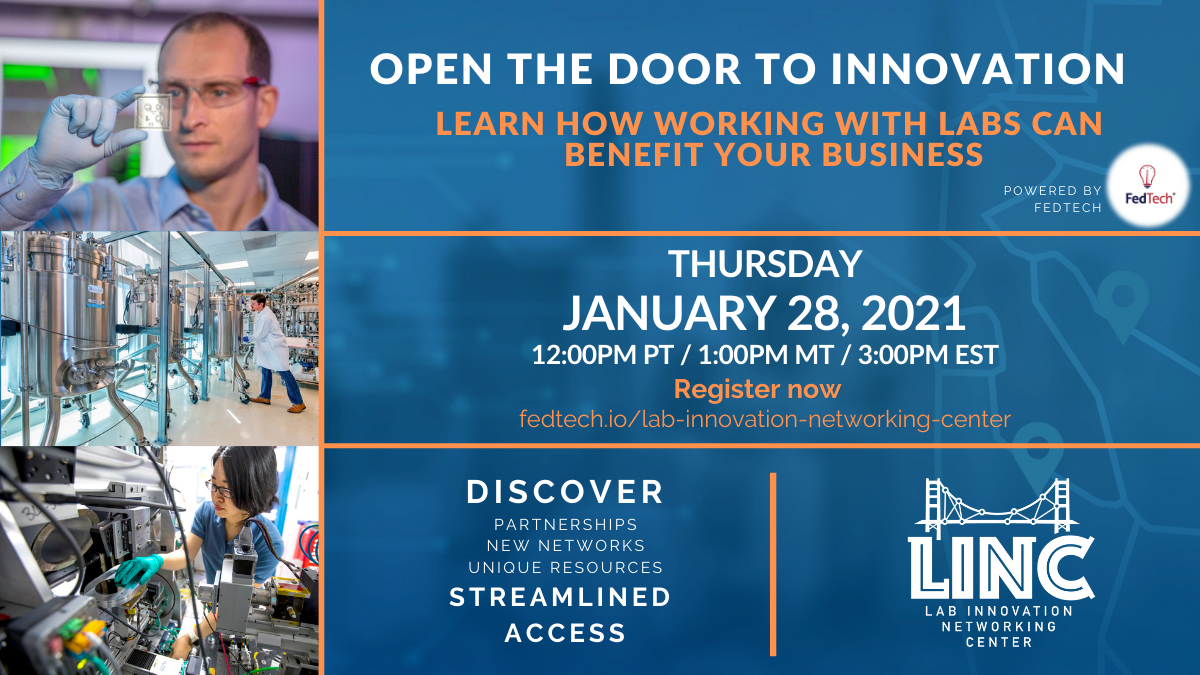
Four Bay Area national labs to co-host innovation exploration event showcasing how partnering can benefit U.S. industry
As part of the Bay Area Lab Innovation Networking Center (LINC), four national labs will give industry leaders insight on how to harness the technologies, tools and capabilities within some of the nation’s premier science and technology research institutions.
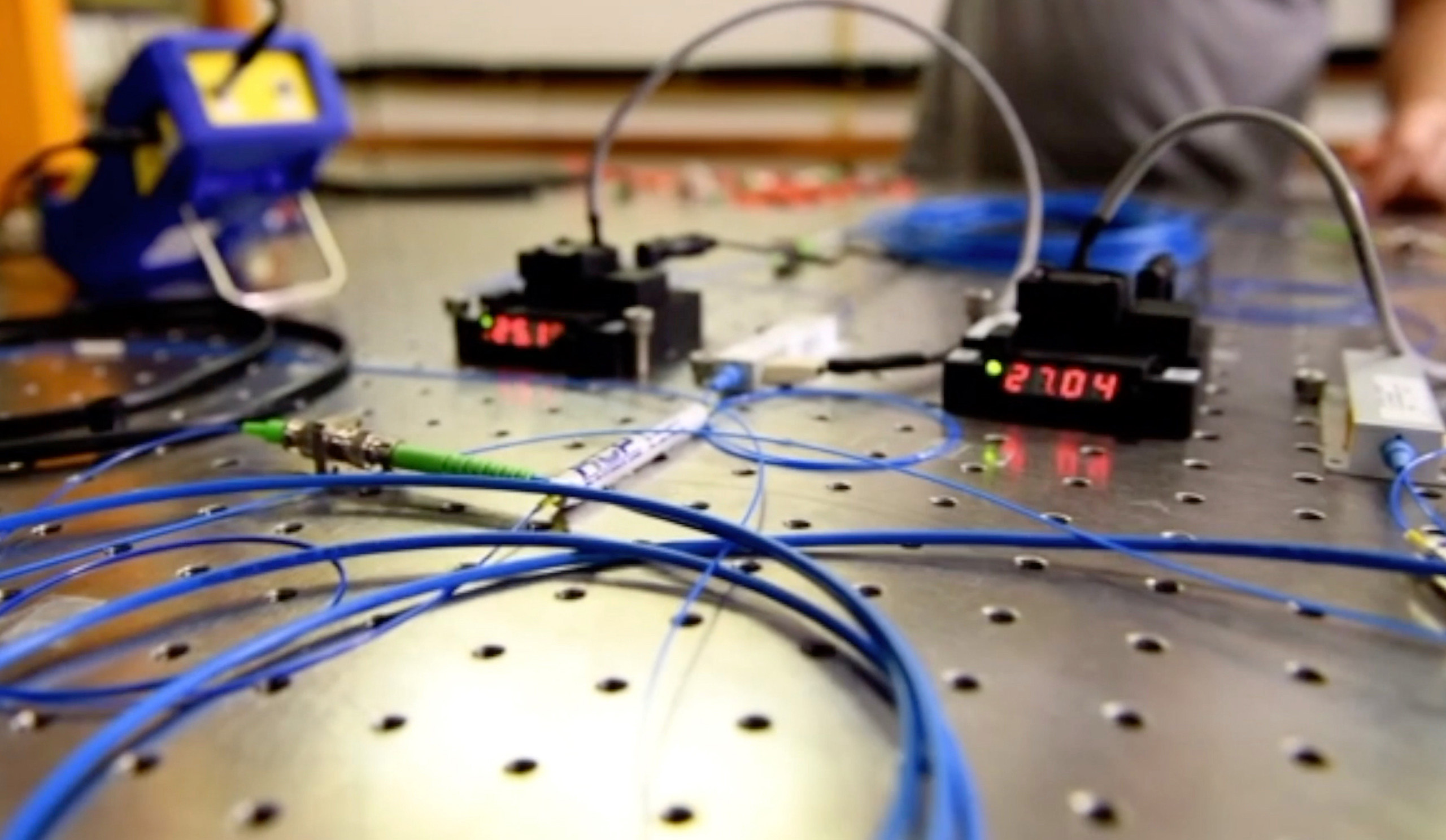
Fermilab and partners achieve sustained, high-fidelity quantum teleportation
A joint team of researchers at Fermilab and partner institutions have achieved quantum teleportation, teleporting information over a distance of 44 kilometers. The remarkable achievement supports the premise that scientists and engineers can build a workable and high-fidelity quantum network using practical devices.
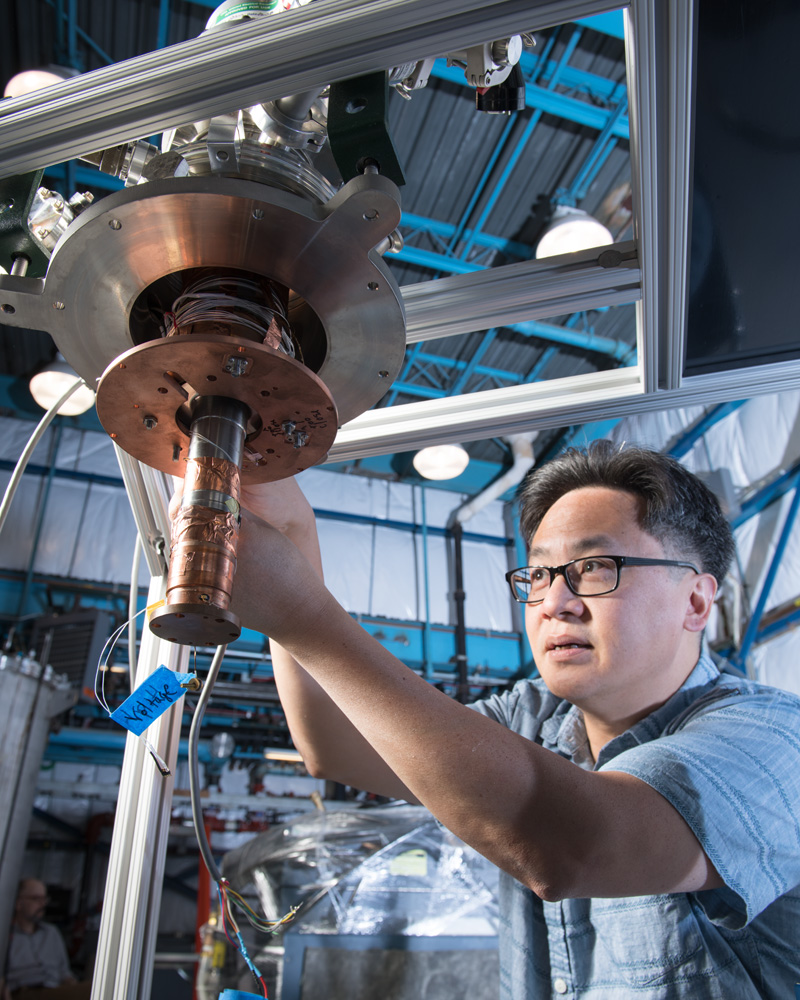
Fermilab is partner in Quantum Science Center based at Oak Ridge National Laboratory
Fermilab plays a key role in the Quantum Science Center, led by Oak Ridge National Laboratory. The center unites that Oak Ridge’s powerhouse capabilities in supercomputing and materials science with Fermilab’s world-class high-energy physics instrumentation and measurement expertise and facilities. Drawing on their experience building and operating experiments in cosmology and particle physics and in quantum information science, the Fermilab team is engaging in QSC efforts to develop novel, advanced quantum technologies.
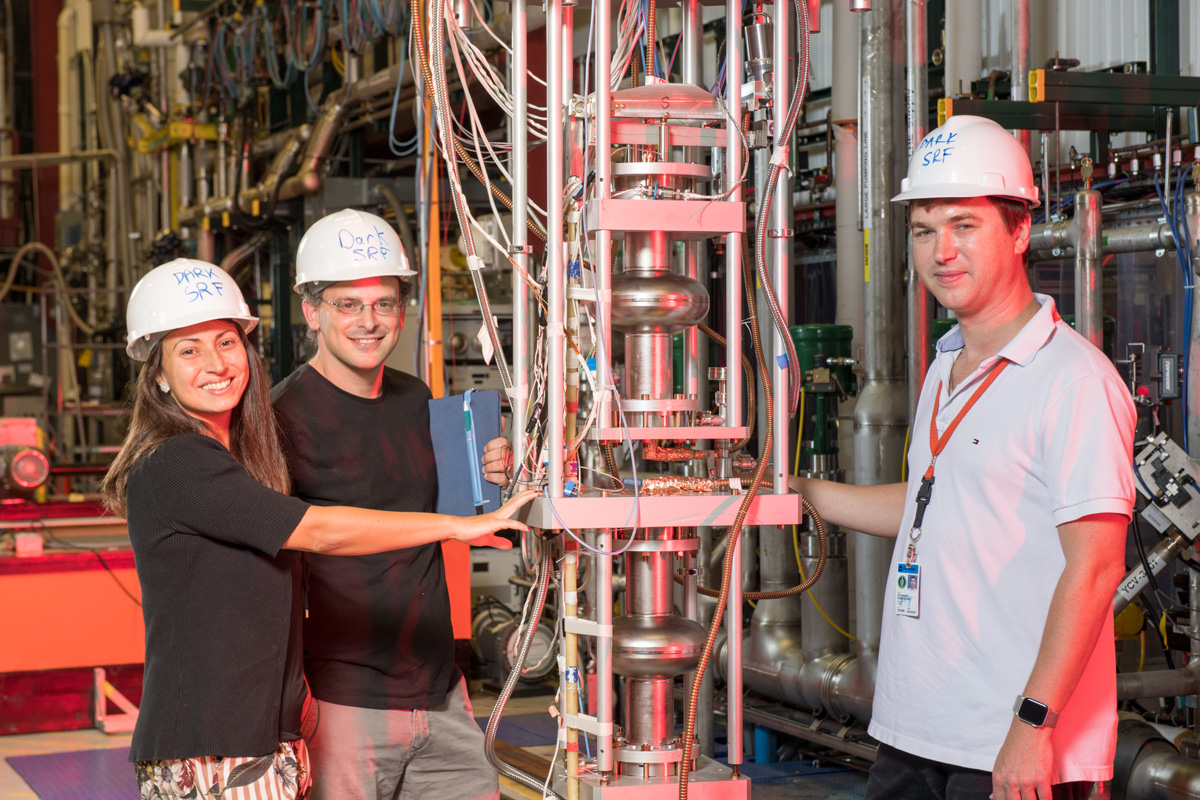
Fermilab to lead $115 million National Quantum Information Science Research Center to build revolutionary quantum computer with Rigetti Computing, Northwestern University, Ames Laboratory, NASA, INFN and additional partners
Fermilab has been selected to lead one of five national centers to bring about transformational advances in quantum information science as a part of the U.S. National Quantum Initiative. The initiative provides the new Superconducting Quantum Materials and Systems Center — based at Fermilab and comprising 20 partner institutions — $115 million over five years with the goal of building and deploying a beyond-state-of-the-art quantum computer based on superconducting technologies. The center will also develop new quantum sensors, which could lead to the discovery of the nature of dark matter and other elusive subatomic particles.

NAU scientists partner in $26 million NSF initiative to establish new Center for Quantum Networks
In its first NSF Engineering Research Center collaboration, NAU will receive nearly $2 million in funding as a CQN contributing partner in the areas of research, education and workforce development.

U.S. Department of Energy unveils blueprint for the quantum internet at ‘Launch to the Future: Quantum Internet’ event
The U.S. Department of Energy unveils a report that lays out a blueprint strategy for the development of a national quantum internet, bringing the United States to the forefront of the global quantum race and ushering in a new era of communications. This report provides a pathway to ensure the development of the National Quantum Initiative Act.
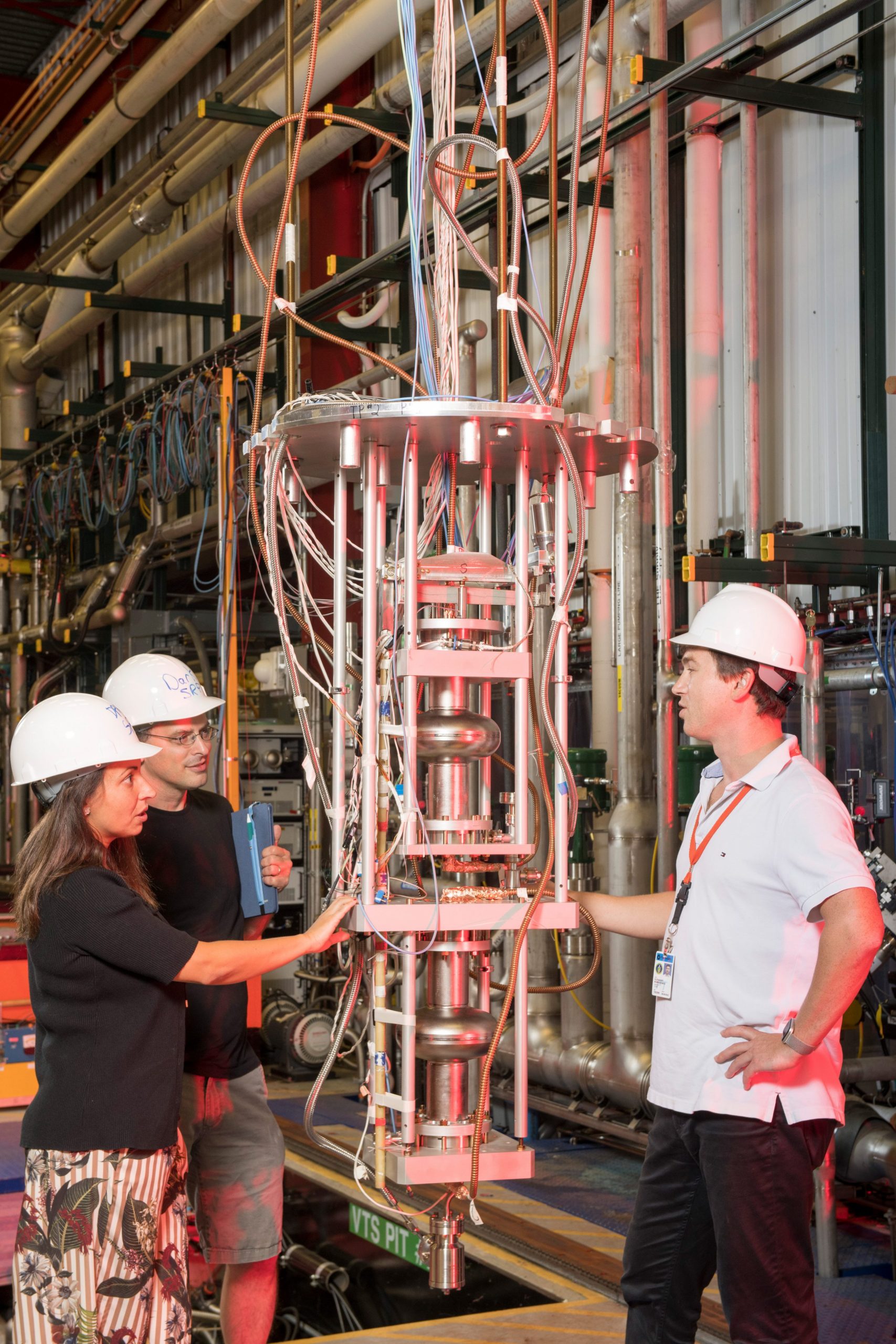
Quantum and accelerator science enable mysterious dark sector searches at Fermilab
Fermilab technology developed for particle accelerators offers a valuable opportunity to search for a hypothesized particle that would resemble a particle of light. These dark photons could help us understand the large part of our universe that we know is there but have yet to observe.
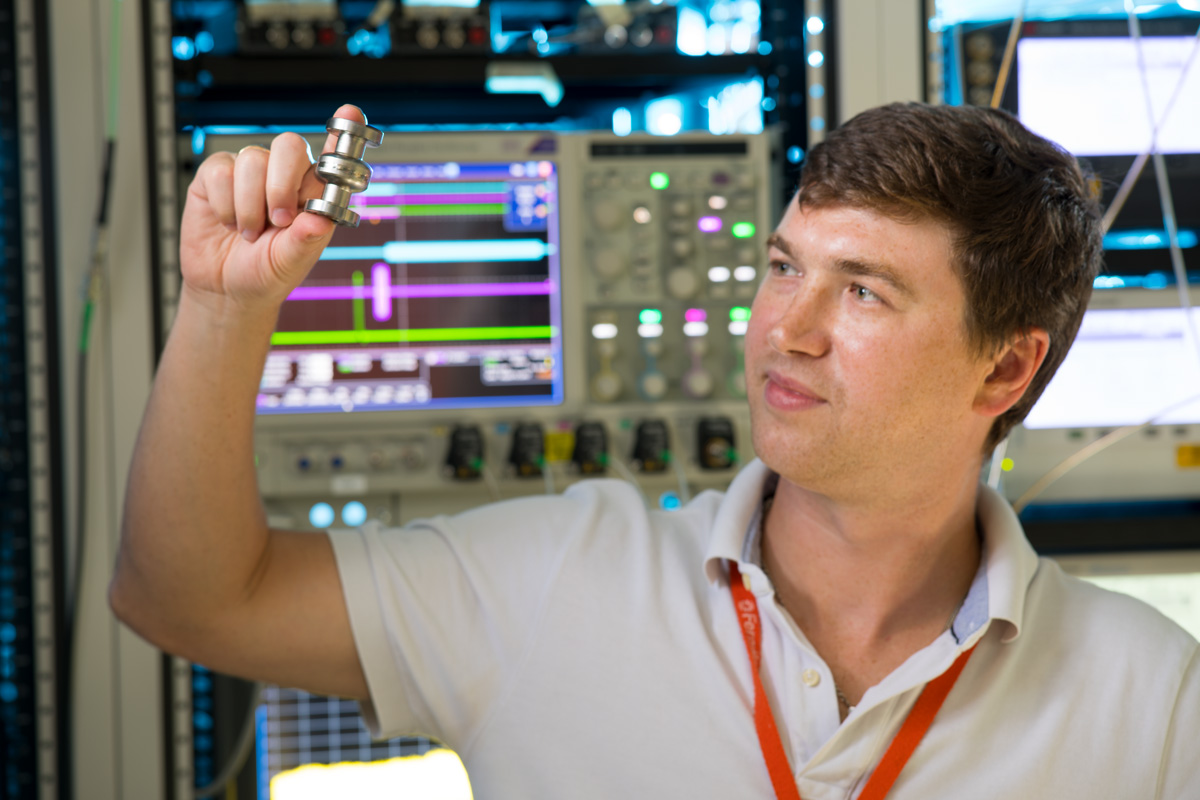
Particle accelerator technology could solve one of the most vexing problems in building quantum computers
One of the most difficult problems to overcome in developing a quantum computer is finding a way to maintain the lifespan of information held in quantum bits, called qubits. Researchers at Fermilab and Argonne National Laboratory are working to determine whether devices used in particle accelerators can help solve the problem. The team will run simulations on high-performance computers that will enable them to predict the lifespan of information held within these qubits using smaller versions of these devices, taking us one step closer to the age of quantum computing.
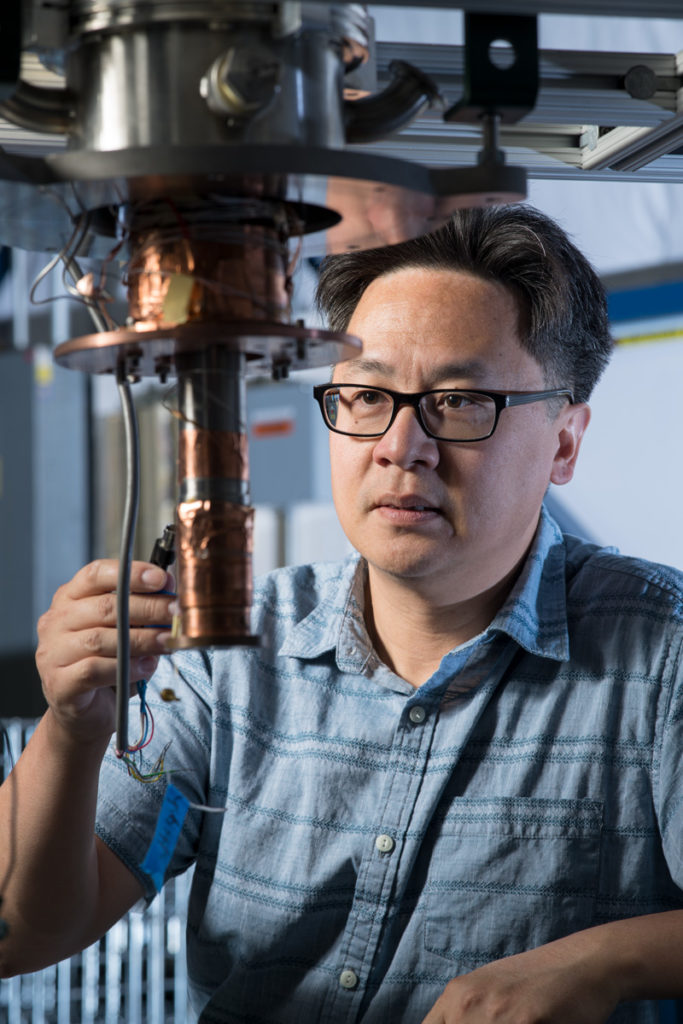
Fermilab launches new institute for quantum science
Today the U.S. Department of Energy’s Fermi National Accelerator Laboratory announced the launch of the Fermilab Quantum Institute, which will bring all of the lab’s quantum science projects under one umbrella. This new enterprise signals Fermilab’s commitment to this burgeoning field, working alongside scientific institutions and industry partners from around the world.
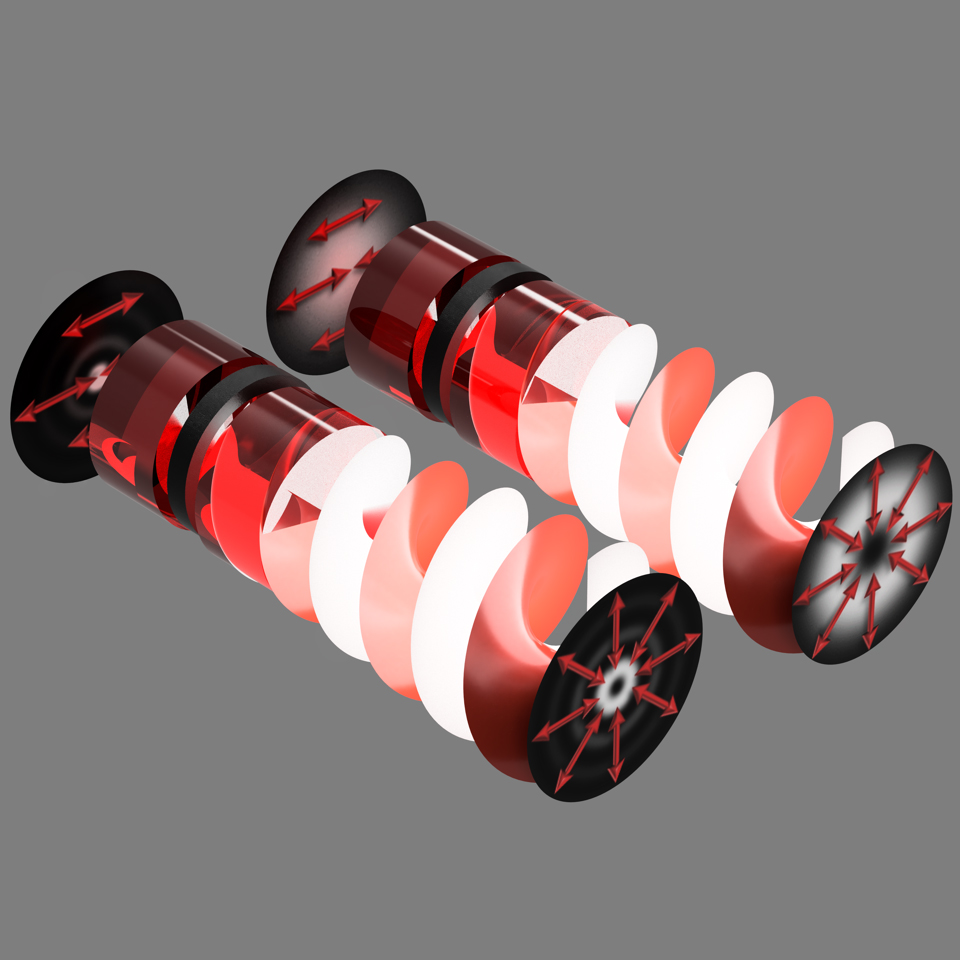
Structured Light Promises Path to Faster, More Secure Communications
Quantum mechanics has come a long way during the past 100 years but still has a long way to go. In AVS Quantum Science, researchers from the University of Witwatersrand in South Africa review the progress being made in using structured light in quantum protocols to create a larger encoding alphabet, stronger security and better resistance to noise.